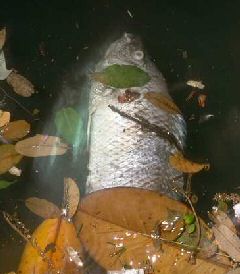
Temple University researchers are using protein structures to design and assemble metal oxide nanoparticles that could be used in environmental remediation. Their research is being presented at the American Chemical Society national meeting in Philadelphia.
The researchers have been exploring how these nanoparticles can be used in environmental remediation, such as helping to transform toxic metals in lakes, rivers or streams, and in groundwater for easier cleanup. “The protein we use to make these particles is ferritin, which is a protein we carry around in our blood,” says Daniel R. Strongin. “It’s an iron storage protein, so if there’s extra iron in our blood, it typically gets stored in ferritin. Then, when our body needs iron, the ferritin releases what has been stored.”
Strongin and his colleagues have been loading horse spleen ferritin with iron in the laboratory to create the nanoparticles. By varying the amount of iron they load, they can vary the size of the particles.
By applying the nanoparticles to Chromium-6, and with the aid of visible light or solar radiation to activate the particles-the particles are photocatalytic-the researchers were able to reduce the chromium from hexavalent to trivalent, which is insoluble in water.
“Trivalent chromium is much easier to clean,” says Strongin. “You can filter it much more easily in this state.” Strongin says that their results have been encouraging enough that the researchers believe that the nanoparticles they are creating could have an impact on other toxic metals, such as Technetium-7, which is a problem at the nuclear waste site in the state of Washington. “These large canisters of nuclear waste have been sitting there since the 1940s and ’50s, and they are slowly leaking,” he says. “People are worried about it getting into the groundwater. But we believe that this method of using nanoparticles could play a role in preventing the spread in groundwater and help facilitate cleaning it up.”
Strongin says they are attempting to do chemistry with nanoparticles that could not otherwise be done with larger bulk materials. “We have a pretty novel approach in using proteins to assemble these particles,” he says. “Nature does this, and we’re just harnessing that ability.”

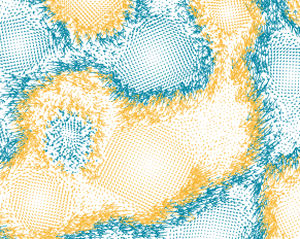

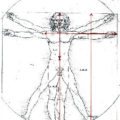

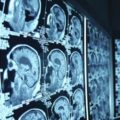
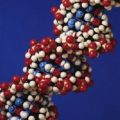

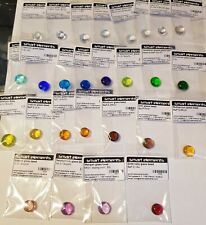


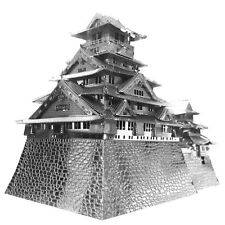
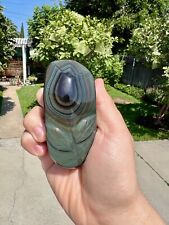
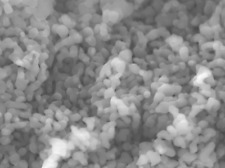
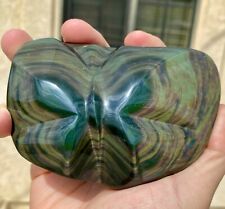



Comments are closed.